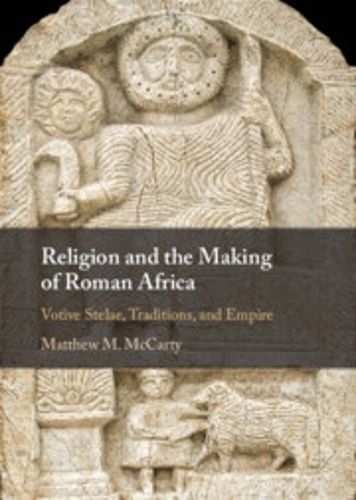Readings Newsletter
Become a Readings Member to make your shopping experience even easier.
Sign in or sign up for free!
You’re not far away from qualifying for FREE standard shipping within Australia
You’ve qualified for FREE standard shipping within Australia
The cart is loading…






This book fundamentally rewrites the cultural and religious history of North Africa under the Roman Empire, focalized through rituals related to child sacrifice and the carved-stone monuments associated with such offerings. Earlier colonial archaeologies have stressed the failure of the empire to 'Romanize' Indigenous and Punic settler populations, mobilizing inscriptions and sculpture to mirror and explain modern European colonial failures as the result of ethnic African permanence. Instead, this book uses postcolonial theory, pragmatic semiotics, material epistemologies, and relational ontologies to develop a new account of how Roman hegemony transformed and was reproduced through signifying practices in even a seemingly traditional, 'un-Roman' rite such as child sacrifice. In doing so, the book offers a model for understanding the Roman Empire, the peoples who lived across its provinces, and their material worlds.
$9.00 standard shipping within Australia
FREE standard shipping within Australia for orders over $100.00
Express & International shipping calculated at checkout
This book fundamentally rewrites the cultural and religious history of North Africa under the Roman Empire, focalized through rituals related to child sacrifice and the carved-stone monuments associated with such offerings. Earlier colonial archaeologies have stressed the failure of the empire to 'Romanize' Indigenous and Punic settler populations, mobilizing inscriptions and sculpture to mirror and explain modern European colonial failures as the result of ethnic African permanence. Instead, this book uses postcolonial theory, pragmatic semiotics, material epistemologies, and relational ontologies to develop a new account of how Roman hegemony transformed and was reproduced through signifying practices in even a seemingly traditional, 'un-Roman' rite such as child sacrifice. In doing so, the book offers a model for understanding the Roman Empire, the peoples who lived across its provinces, and their material worlds.